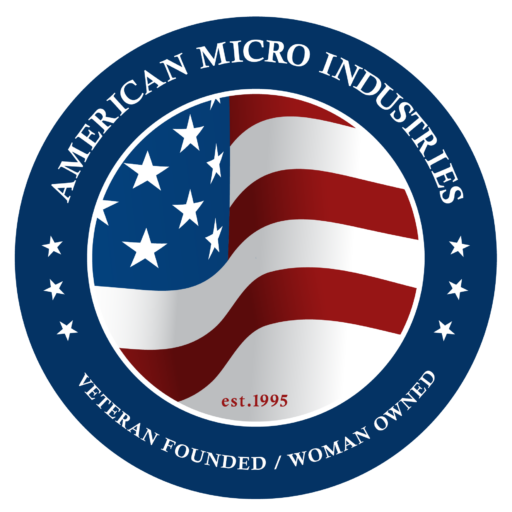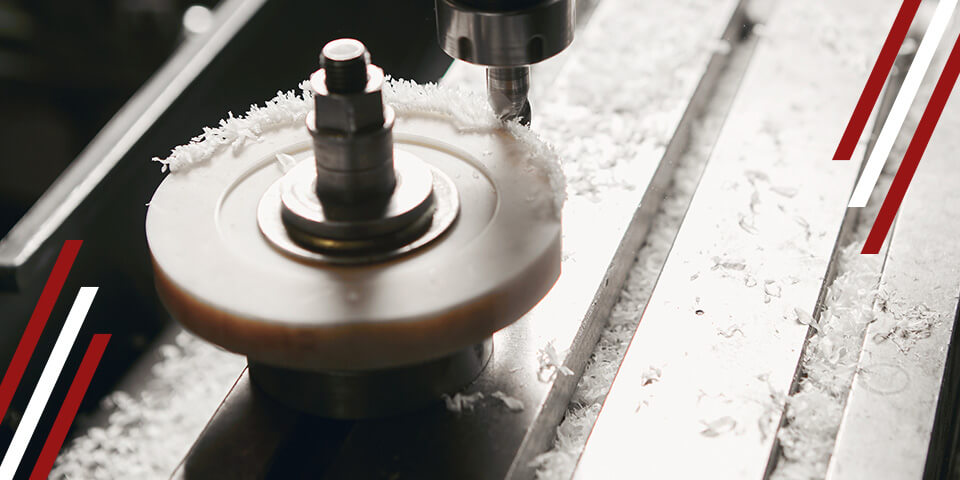

Before companies launch products on a large scale, they must optimize product design. It’s difficult and expensive to refine a product after it’s gone to market, so companies invest in design for manufacturing, or DFM. This collaborative process ensures products are well-designed and functional before they become available to end users.
DFM for CNC machining involves understanding core DFM principles and knowing what drawbacks or limitations to avoid for this specific work. This guide covers actionable ways to improve design for manufacturing in CNC machining.
In the context of CNC machining, DFM is a collaboration between industry professionals to optimize a product’s design before it’s machined. DFM is different from design for assembly (DFA) and design for manufacturing and assembly (DFMA). The goal of DFA is to simplify product design so that components are easier to manufacture. Parts should be a streamlined shape and made of appropriate material.
While DFM only optimizes the design process, DFA is focused on improving product assembly. Specifically, that means creating products with fewer parts that are easy to put together. The difference between DFM and DFMA is that DFMA combines DFM and DFA into a holistic approach to simplify both the manufacturing and assembly processes for products.
The purpose of DFM is to streamline product design. A better design means lower production costs, faster production timelines, fewer product irregularities, a higher chance of passing industry inspections and a better product that customers love. You can think of DFM as creating a detailed success plan before a product is launched and produced.
While a product’s design should be easy to manufacture, it also needs to enhance product quality. The challenge of successful DFM is to improve the product and the process with strategic design decisions. Having a strong DFM plan will help you stand out against industry competition and win recurring customers.
The design for manufacturing process has several steps that collaborative teams follow to improve products. These steps are completed more than once in a rotation, with each iteration improving product design. Steps for CNC machining DFM include carefully crafting product design, testing prototypes and then honing component design further.
There are several core DFM principles you can use to improve a part’s design:
Complex parts are more difficult to manufacture. The first step for DFM is to simplify individual components and products as a whole. Simplifying even one part of a product can make a significant difference in reducing production time, wasting less material and decreasing product cost. The simpler a part is, the easier it will be to ensure it’s consistent and not damaged by the production process.
Examples of simplification include changing a component’s shape, size, support structures and material. Product engineers are an essential part of this step. They can help determine the simplest way to keep a product strong without unnecessary bulk or difficult-to-produce shapes.
While creativity is important for component design, standardization is also extremely valuable. When components and parts are standardized, they’re easy to reproduce in large quantities. This side of DFM also makes it easier for products to stay compliant with regulations and pass quality inspections.
Some examples of standardization include using existing designs to save time and relying on standard components so products don’t require expensive customized parts. Another aspect of standardization is making products modular, where customers can easily build on foundational products by purchasing additional components.
Using a single material is much simpler than working with combined materials. This makes every aspect of the product lifecycle more straightforward, from production to recycling. However, it takes time to identify what material is best for handling unique product requirements. Questions to consider include material strength, thermal properties and resistance to corrosion.
For example, electrical components must be able to handle electricity without warping, degrading or catching on fire. Parts for the aerospace industry must be strong enough to resist force and, in some cases, heat. Components must also be able to handle the manufacturing process, whether that includes welding, casting or other processes.
Some common DFM pitfalls in CNC machining are challenges with thin walls, sharp corners and tight tolerances. CNC machining can create products with precise tolerances, but there must be a reasonable limit for size variation. Components with complex geometries can also be challenging for CNC machining.
When you’re improving a machined part design, think about the areas most likely to cause trouble. What’s difficult to simplify, and what may be challenging to recreate consistently without additional labor to finish the part? Your goal should be to streamline the manufacturing process while also creating a reliable, high-quality part that does what it’s meant to do.
The key steps for DFM are product design analysis, iteration and validation. For best results, this should be a collaborative effort between team members with different specialties.
Rushing this process isn’t the best option for creating a quality product. To reach optimal DFM, you’ll likely need to build multiple prototypes or at least discuss design optimization from several angles before part production. The more time you allow yourself to hone product design, the faster and more cost-effective your product launch will be.
Working with a reliable partner who has experience with DFM can make this process much smoother and more successful. Many machining companies expect you to complete the DFM process yourself. Once you’ve sent them your specifications, they create the requested part. However, at American Micro Industries, we help you navigate DFM so you can experience optimal part production and product launch.
At American Micro Industries, we’ve been equipping clients with CNC-machined parts and components since 1995. It’s our mission to support your process with customized, high-precision parts. We work with you during the design process, offering DFM feedback to improve your design, increase production speed and reduce costs.
Our engineers are well-versed in DFM principles. We’re not interested in simply making a component for you — we want to help you improve your part’s design for manufacturability. When you work with us, you can experience fewer iterations and less waste. We offer superior manufacturing results for clients in many industries, from aerospace to medical.
Contact us today to request a free quote!